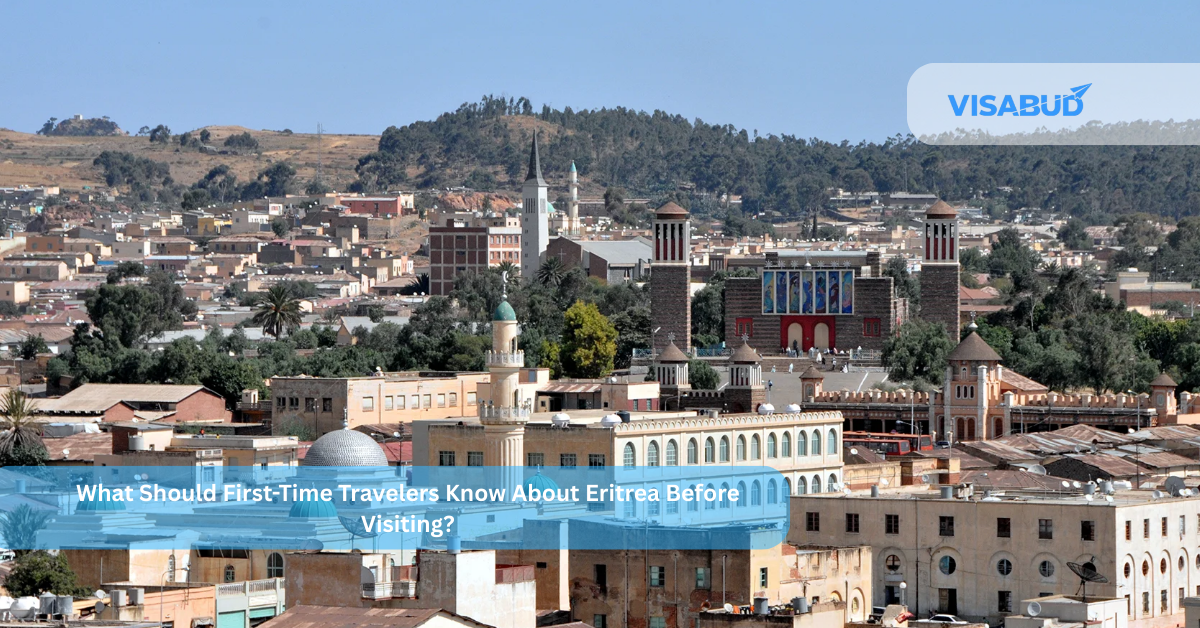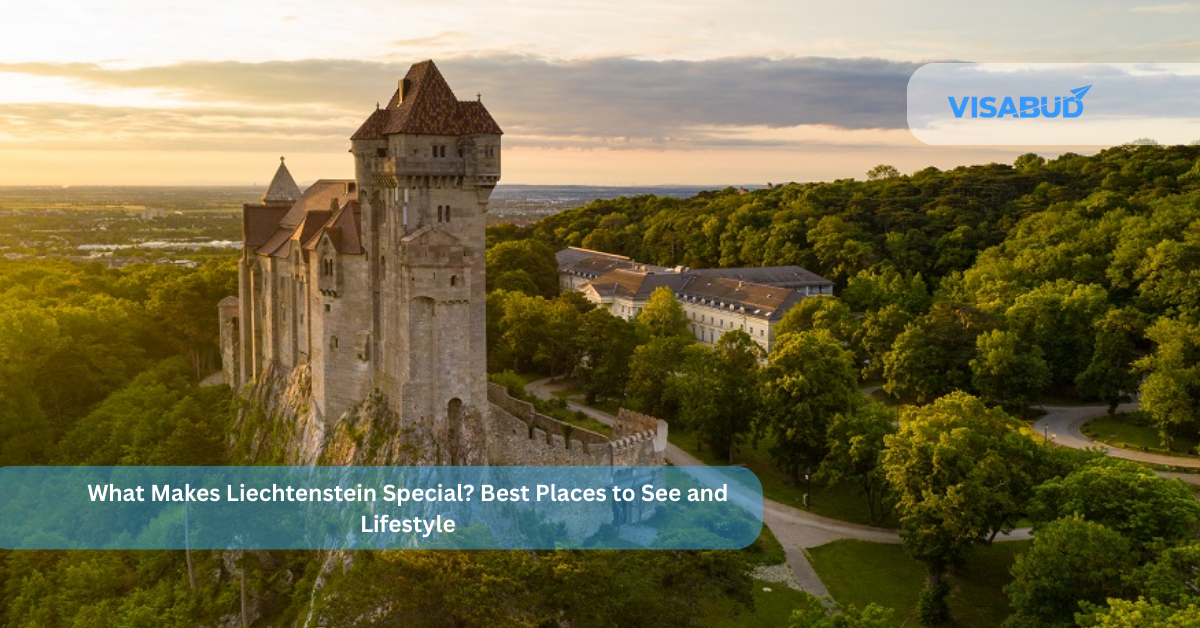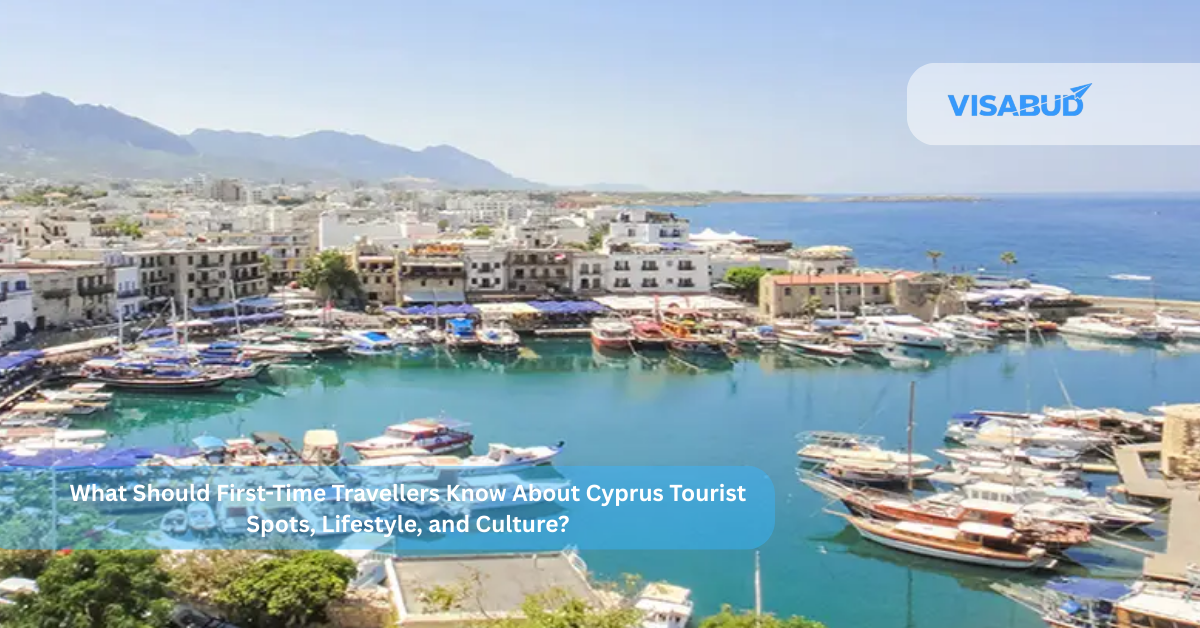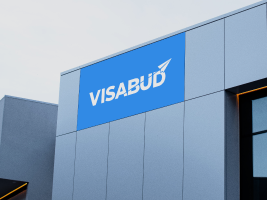Namibia Travel Guide: All you need to know to visit Namibia in 2025
Welcome to Namibia
Welcome to Namibia.
From the marvelous desert landscapes to the rich wildlife roaming freely, Namibia is famous for its beauty that attracts people of all lifestyles for a remarkable adventure. Enjoy a memorable vacation while you step into this unique country. This comprehensive Namibia travel guide lets you find all the helpful information you need.
Document Checklist for Namibia.
Valid passport
Adequate funds to cater for your stay.
A return or onward ticket
Return or onward ticket
Namibia Health Questionnaire.
Essential Namibia travel information.
Currency- The Namibian dollar (N$) is the official national currency, although the South African Rand is also accepted in this country. $1 is equivalent to N $ 18.60.
Daily budget for one person- Approximately N$1,114 ($62).
Languages– English is the official language of Namibia.
Socket type – 50Hz frequency and a 220V supply voltage are required for Types D and M.
Time zone- Central Africa Time (GMT+2).
Top three cities to visit – Walvis Bay, Damaraland, and Swakopmund
Top three landmarks/monuments – Etosha National Park, Naukluft Mountains, and Namib Desert
Visa Information for Namibia
The good thing is that most tourists to Namibia do not require a visa to enter this country. However, a Health Declaration is compulsory for anyone entering this country.
Typical costs and budget for Namibia
Daily spending – Approximately N$1,114 ($62) per individual
Meals- Rough expenditure could add up to N$97 ($6) per meal.
Transport – Local transportation might cost up to N$200 ($11) per day, depending on your travel plans and the quality of service you prefer.
Accommodation- A room for a couple in an average hotel can cost up to N$641 ($36) for a night.
The typical cost for a one-week trip for two persons to Namibia is about N$15,602 ($865).
Best ways to travel around Namibia
Trains provide a possibility for long-distance travel. For example, a comfortable overnight service can be offered by TransNamib, which connects Windhoek to places like Walvis Bay and Keetmanshoop. However, there is a limited rail network, slow trains, and occasionally erratic schedules.
The bus is the most cost-effective form of transport for tourists. They are generally safe, do not make many stops, and are reasonably priced for long-distance travel. Taking shared minivans is an additional choice as they run between all the major towns in Namibia and are the main form of transportation in Namibia.
A road trip with a rented car is among the most significant ways to explore Namibia. The nation has an efficient network of paved main highways and, in outlying areas, mainly well-kept gravel roads.
Safety in Namibia
Namibians are very welcoming, and you will have a great experience there. However, it’s necessary to exercise caution while visiting Namibia. Here are some recommendations:
Petty crimes are common in Namibia. Therefore, it’s advisable not to leave valuables in your car and to keep vehicle doors locked and windows up, even while driving.
Violent crimes like muggings and robberies also occur, with tourists being robbed after stopping to help hitchhikers or strangers. Avoid walking alone in large towns, especially at night.
Unmarked taxis on the street are known to be operated by thieves. So, always use taxis with the Namibia Bus and Taxi Association logo or book taxis through your hotel or a taxi company.
Credit card skimming is also a prevalent issue. Keep your credit card in sight, and frequently monitor your statements for fraudulent transactions.
Ensure you purchase travel insurance for this upcoming trip. This will give you access to medical treatment and cover medical emergencies if any misfortune happens.
Weather in Namibia
Namibia can best be visited in the winter months of June, July, and August. You can anticipate bright days with chilly weather. Packing an extra jumper is a wise travel strategy.
Since animals tend to congregate around scarce water sources during the dry season of winter, it is also the most incredible time to see wild animals. This time of year also has a lower risk of contracting malaria infection.
Contrarily, if you want a completely different Namibian experience, the summer rains from November to April can transform parts of the country into lush green landscapes. But on the other hand, they may occasionally cause flooding in the desert.
Must do and see in Namibia
Take a trip to Etosha National Park, Namibia’s most significant wildlife reserve of Elephants, lions, zebras, impalas, Thompson’s gazelles, and kudu can be found.
Stroll through the streets of Swakopmund. The town boasts beautiful seafood eateries and German architecture.
Stroll down Swakopmund streets. The town has German architecture and fabulous seafood restaurants.
Typical Namibian food to try
Kapana- A grilled beef dish loved by most Namibians. Although game meat, such as kudu or ostrich, can also be used, it is typically cooked using beef. An open flame is used to grill the meat, which is then chopped into little pieces and served with chili sauce, onions, and occasionally tomatoes.
Mopane worms-This is an adventurous food to try. The worms are first boiled or steamed before being fried with onions and seasonings.
Biltong-A type of dried meat that is usually made from beef or game meat, marinated in vinegar and spices, and then hung to dry. This typical snack is frequently served with beer in Namibia.
Related Articles

5 min read
What Should First-Time Travelers Know About Eritrea Before Visiting?
Visiting a new country for the first time can feel exciting and confusing at the same time. Eritrea is one such place. It is not very common on tourist lists,
Read More
5 min read
What Makes Liechtenstein Special? Best Places to See and Lifestyle
Liechtenstein may be small on the world map, but what it offers is truly big in experience. Tucked between Switzerland and Austria, this tiny European country feels like a peaceful
Read More
5 min read
What Should First-Time Travellers Know About Cyprus Tourist Spots, Lifestyle, and Culture?
Travelling to a new country for the first time is always exciting. When that place is Cyprus, the excitement becomes even bigger. This small Mediterranean island has a mix of
Read MoreYes, a visit is necessary for all Indian passport holders to visit Namibia. All Indian travelers entering Namibia must have a valid visa, passport, or other kind of travel authorization, onward tickets and enough funds to cover their expenses there.
For Indian citizens, the Namibian Embassy grants single- and multiple-entry visas. The duration of both single-entry and multiple-entry visas is three months.
The bearer of a visa with a single entrance restriction can only enter and exit Namibia once; however, a visa with multiple entry restrictions may allow repeated entries.
The earliest date to apply is two months before the travel date to Namibia. It is advised that all visa applications be filed at least two weeks before departure to enable enough time for visa processing.
